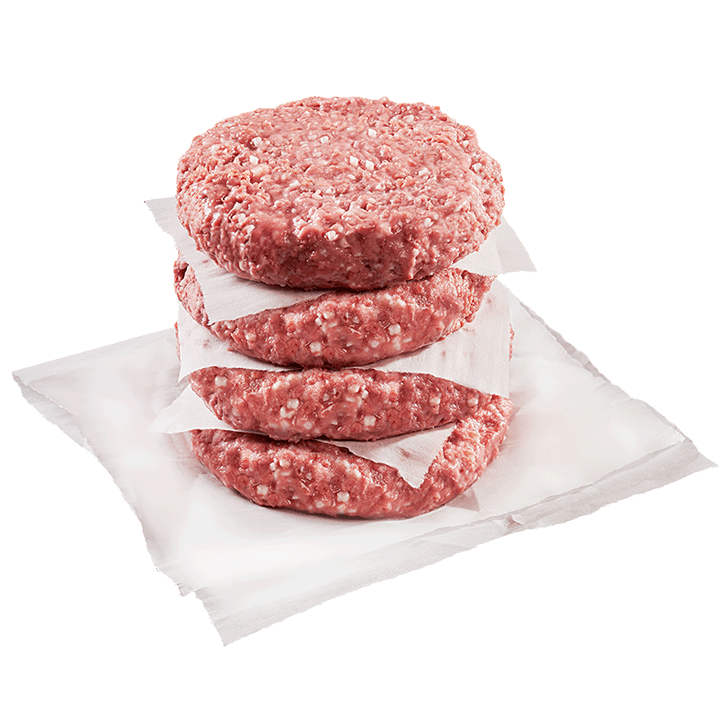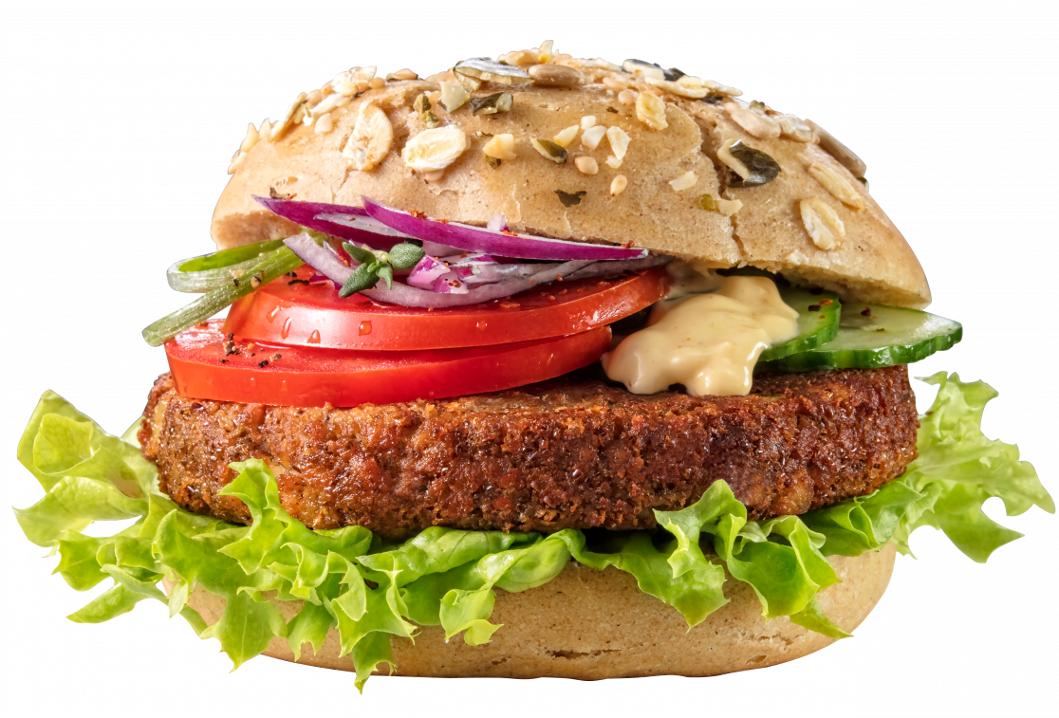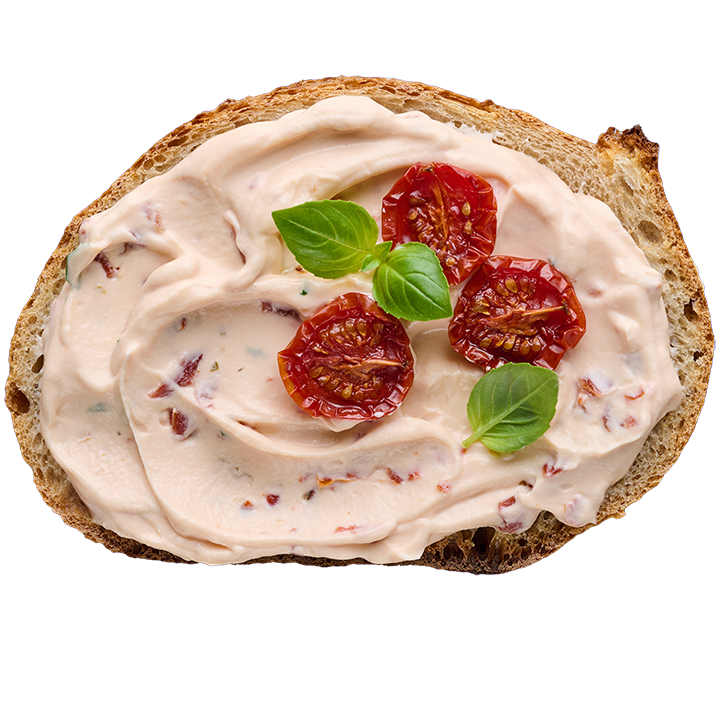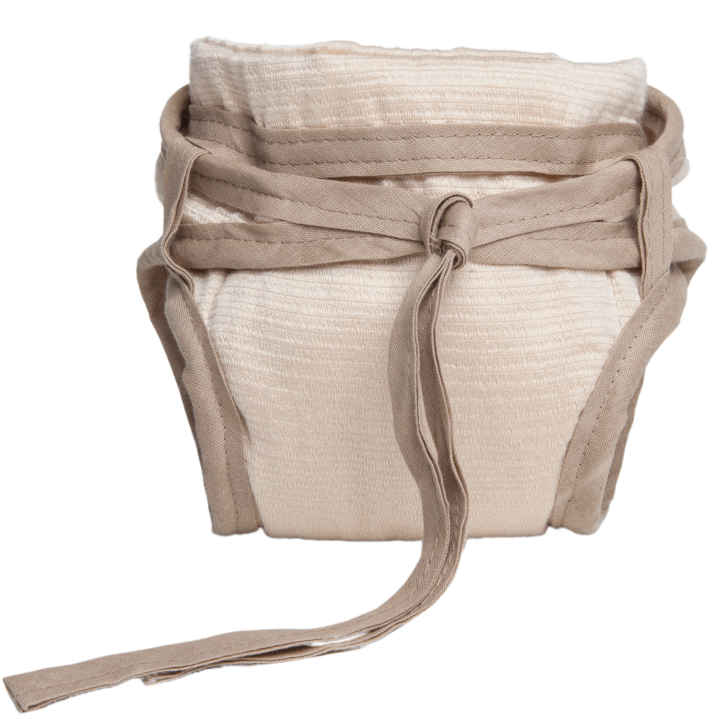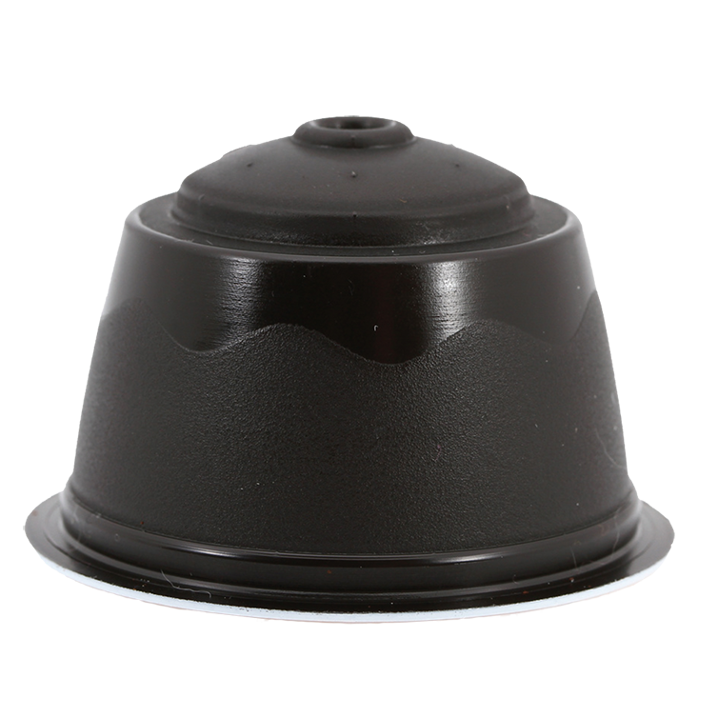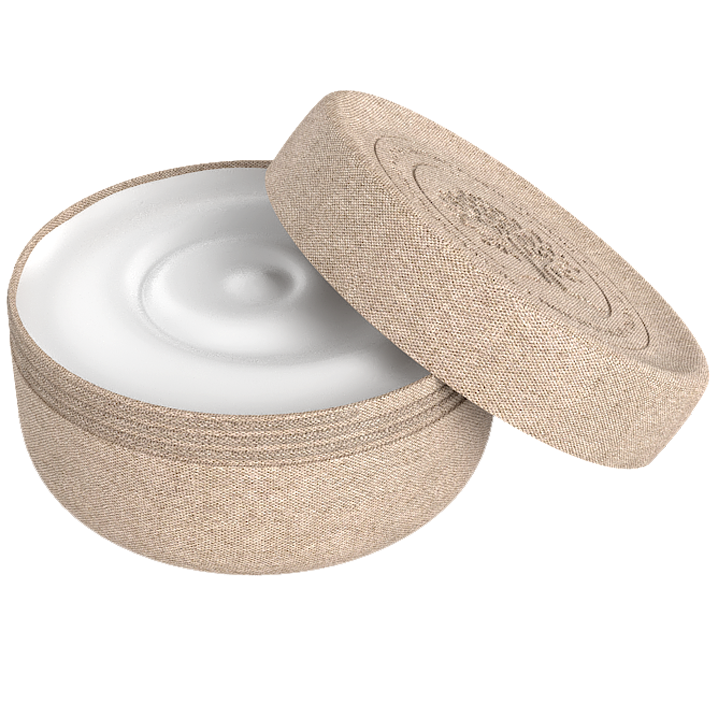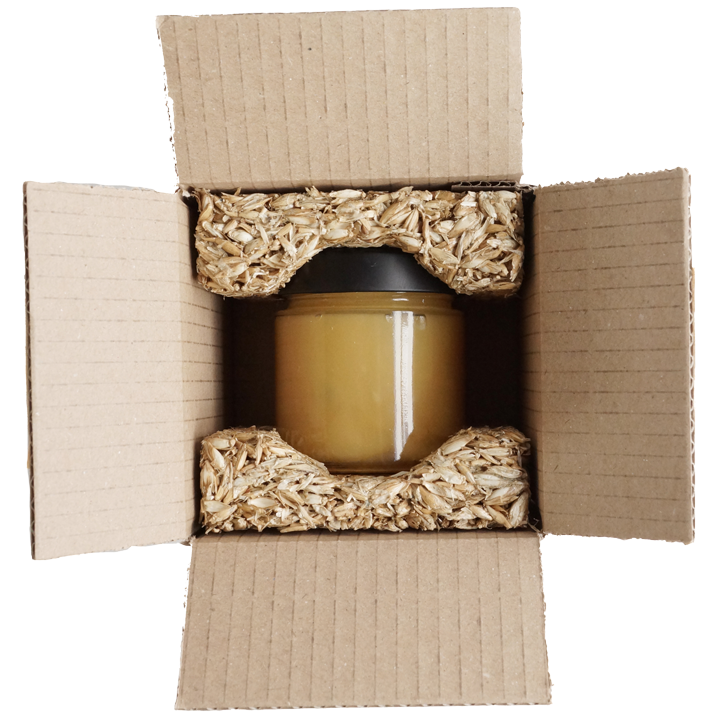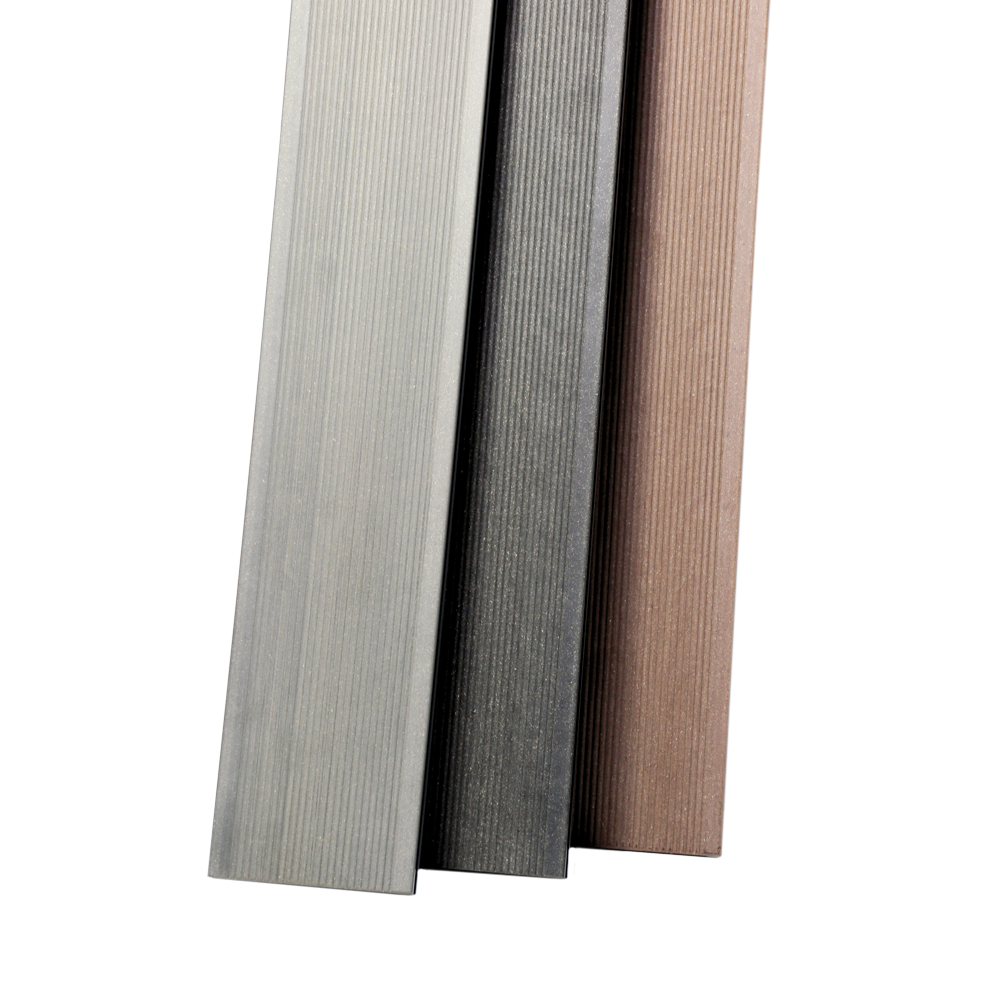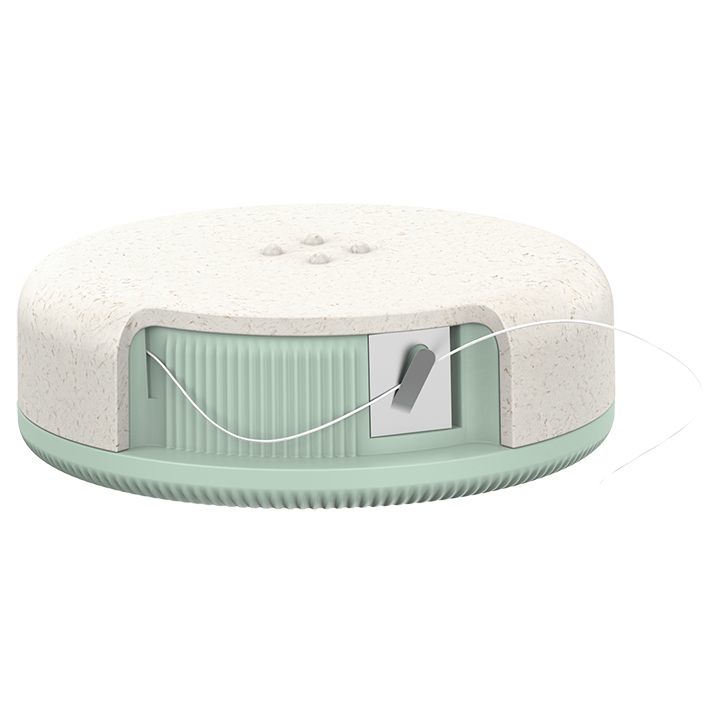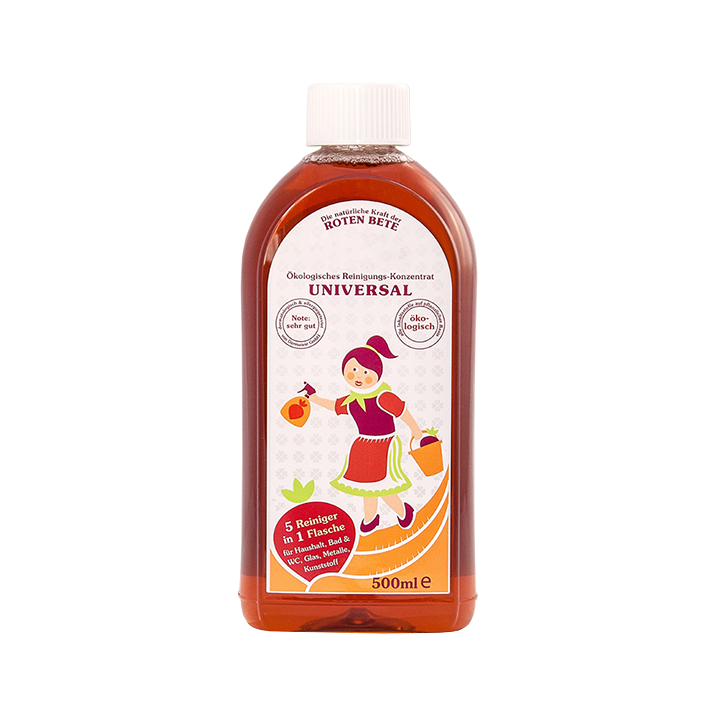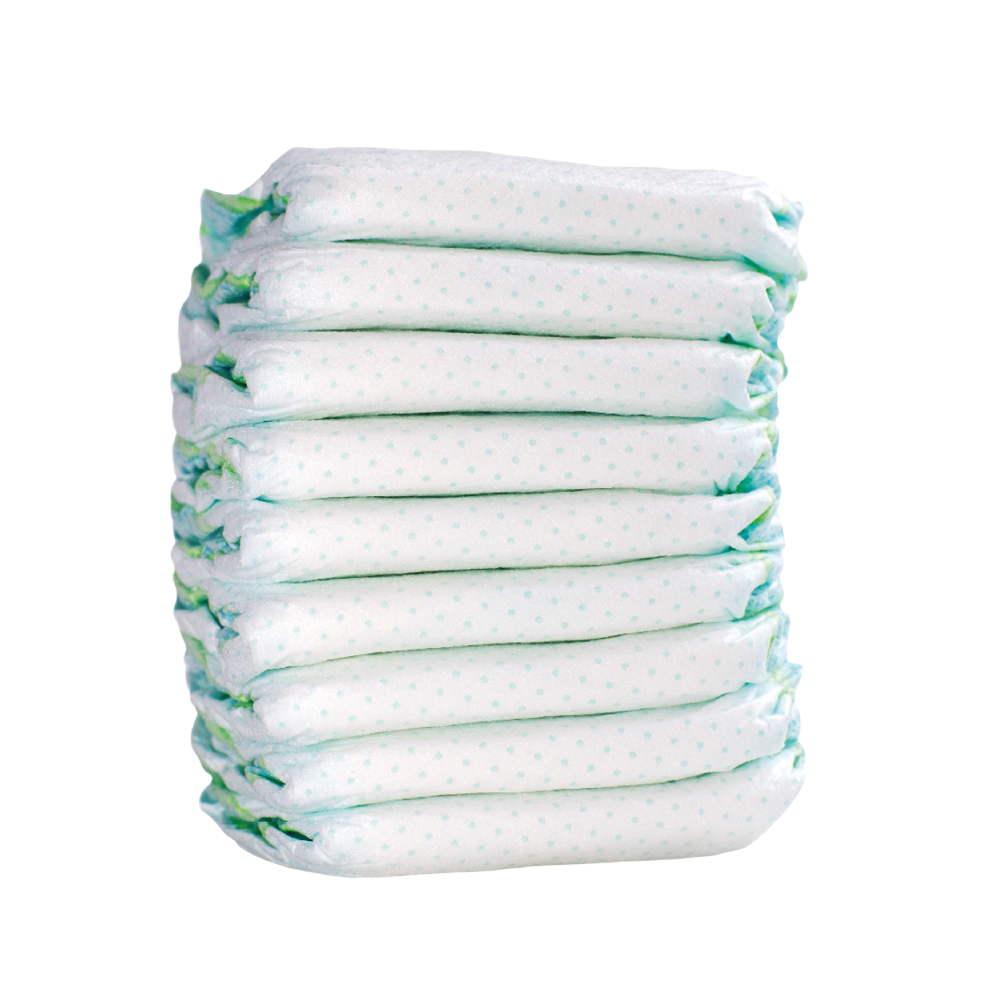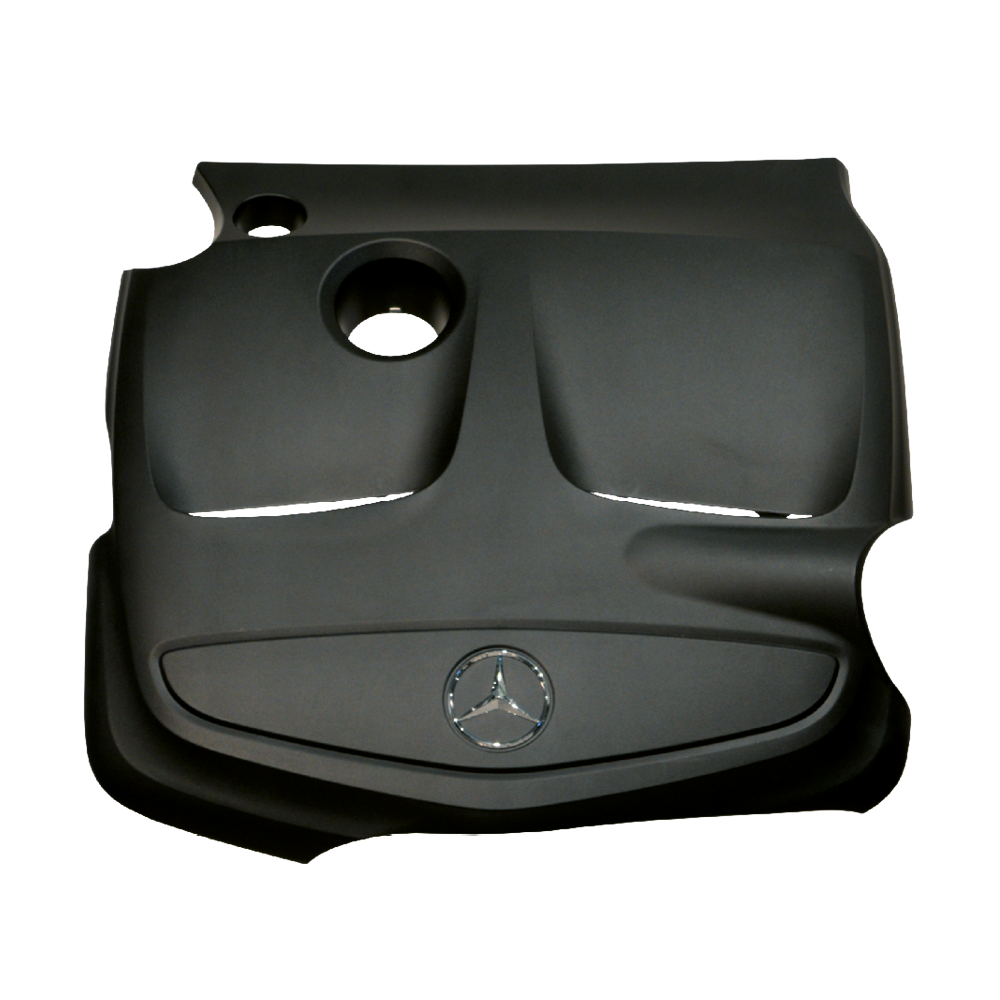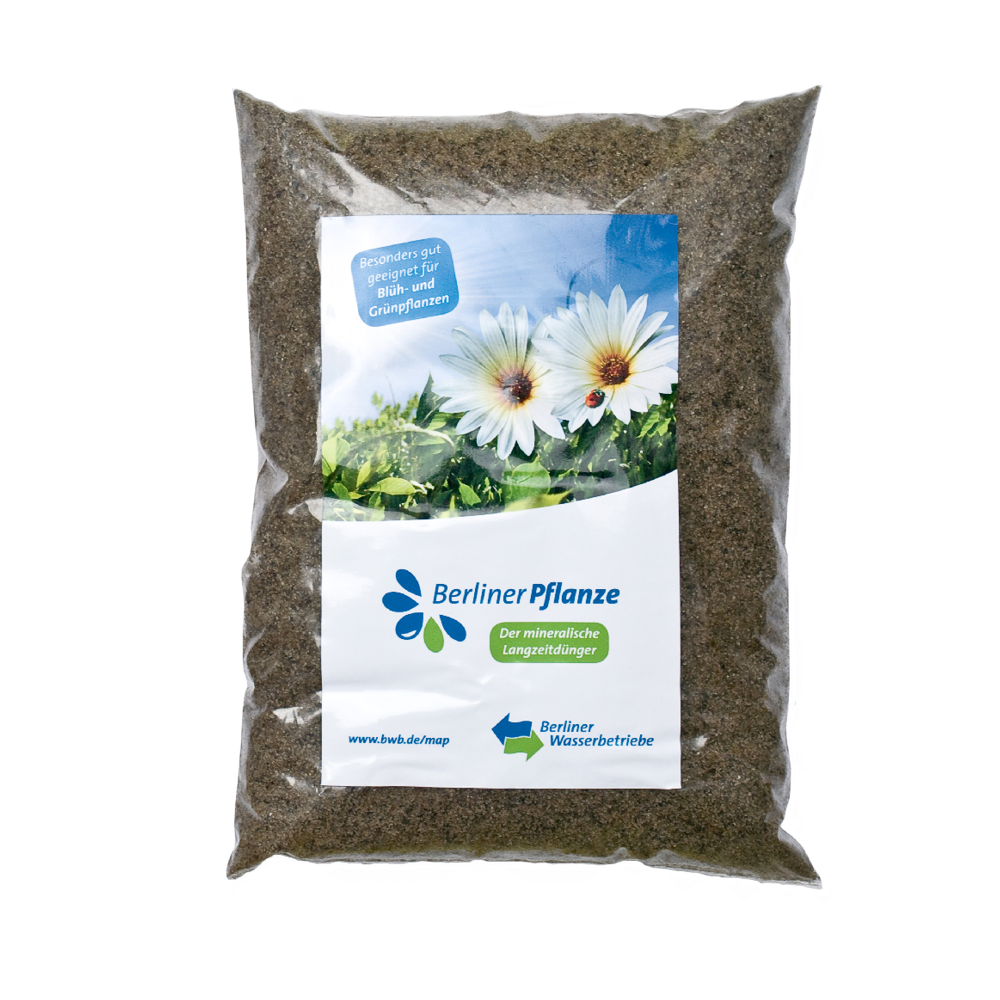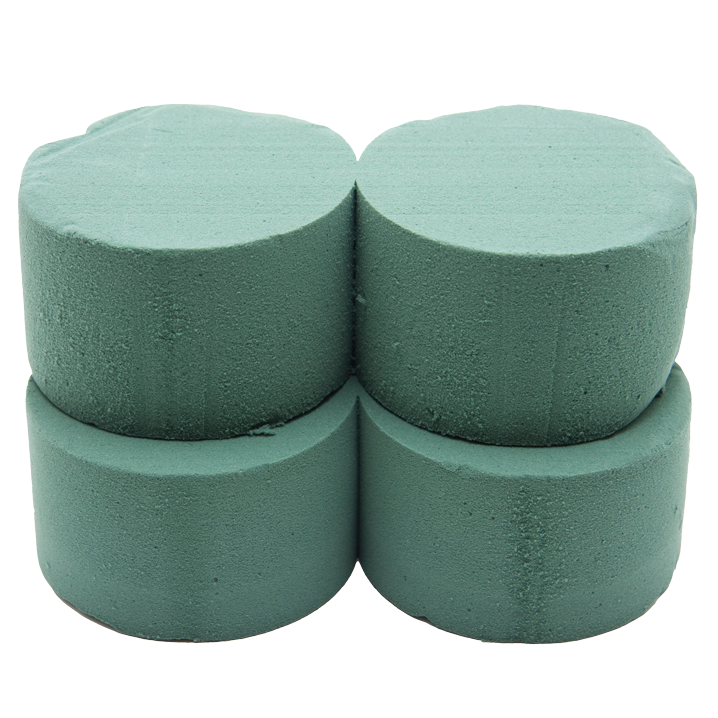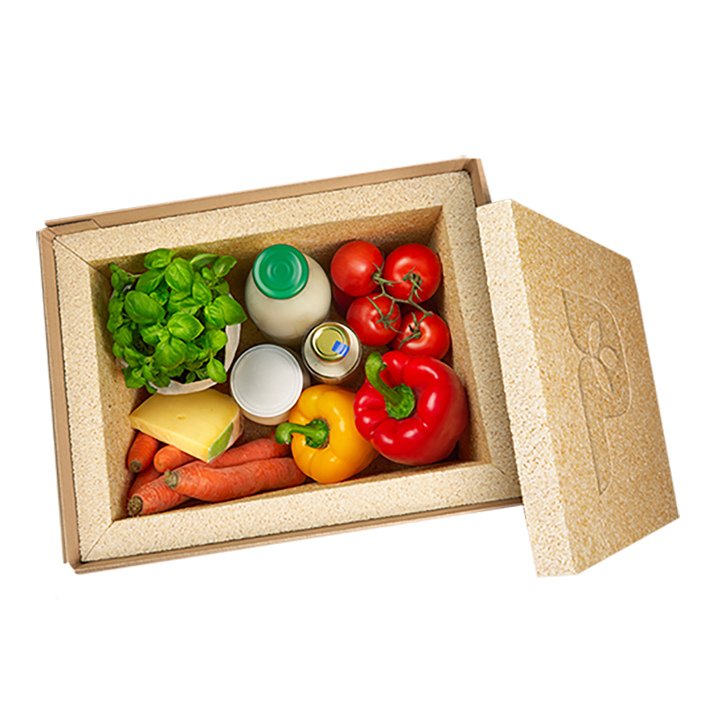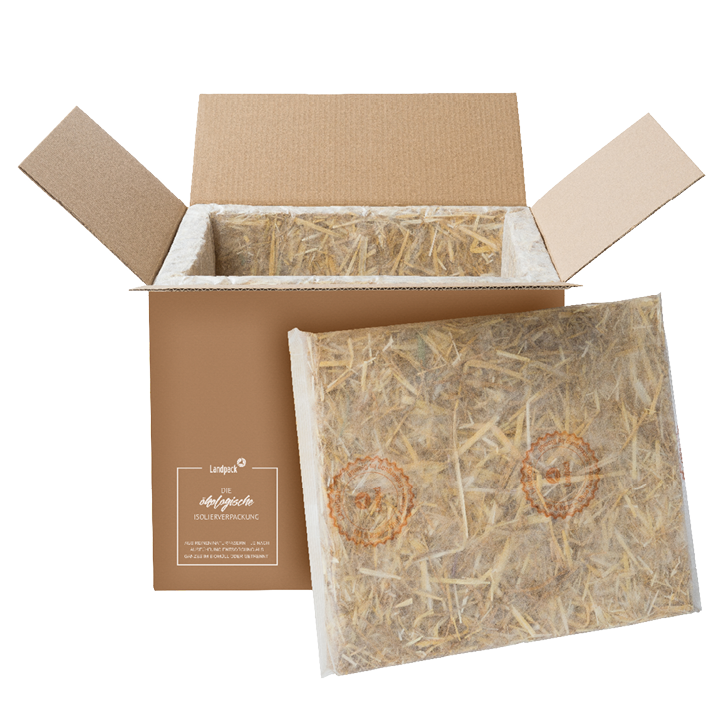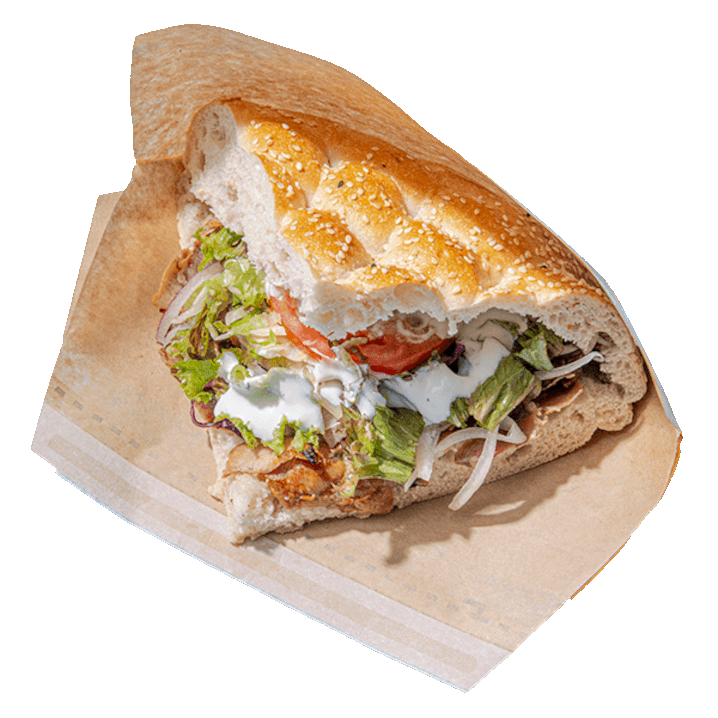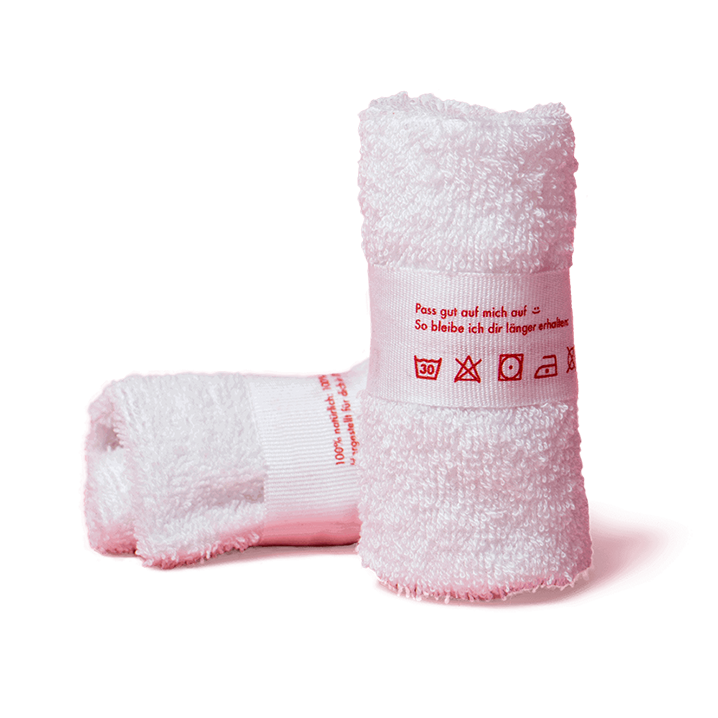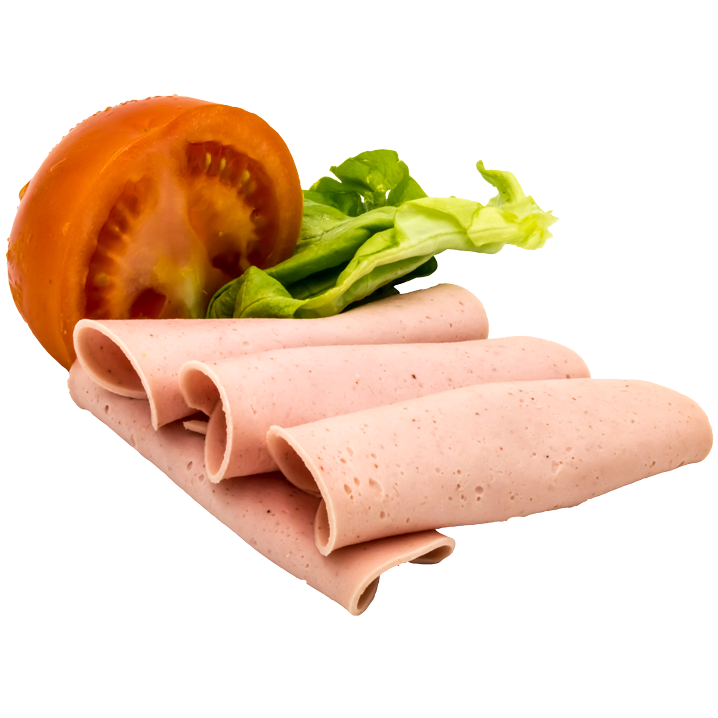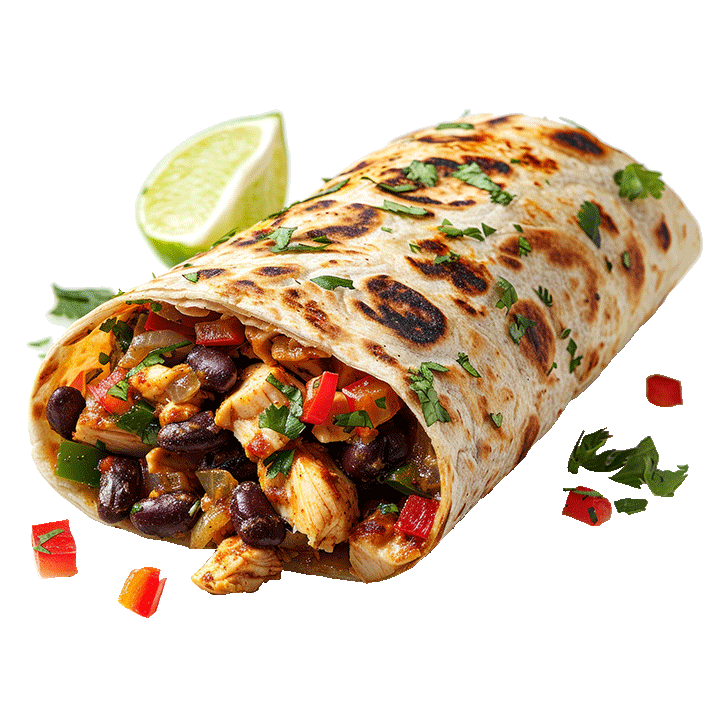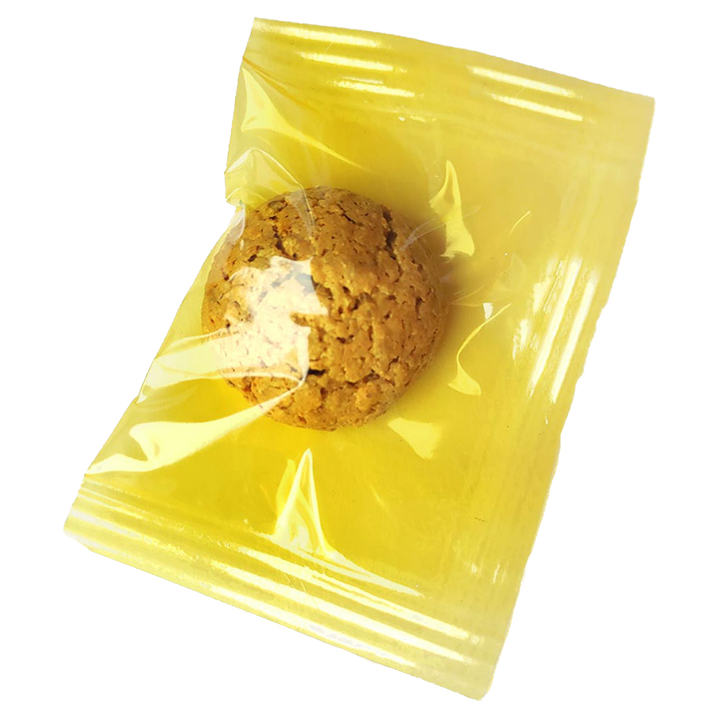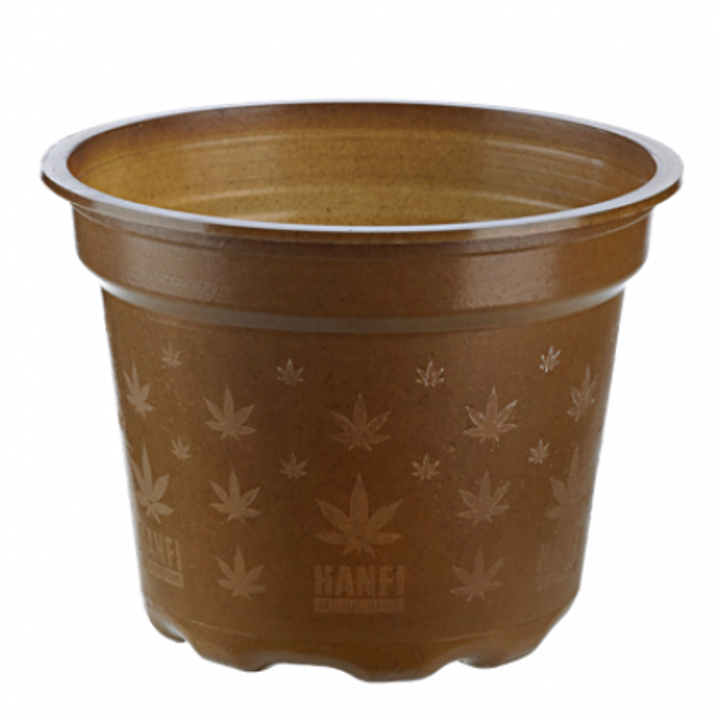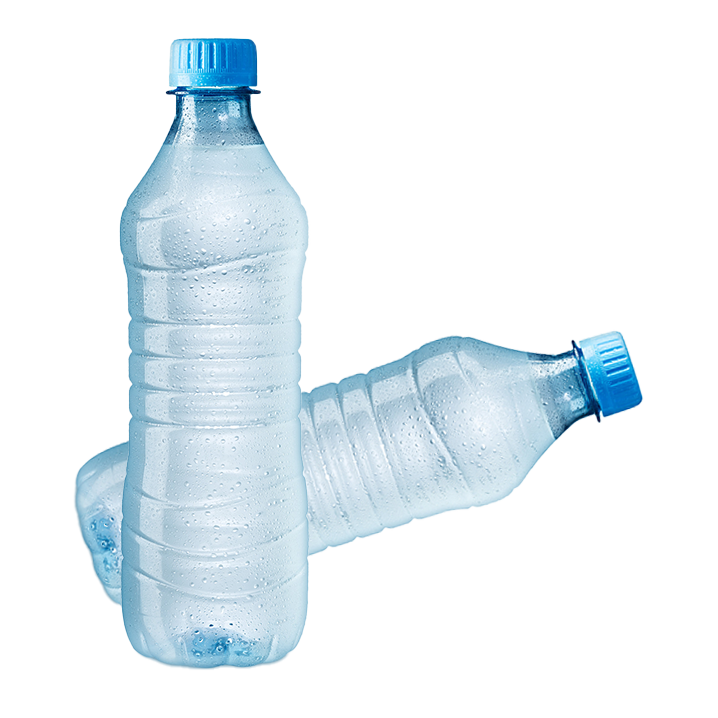Beer
The times when people with celiac disease (gluten intolerance) had to renounce beer are over. Due to specific methods, the gluten protein can be separated out, after the brewing process.
DATA & FACTS
Sector:
Food
Renewable resource:
Barley
Participating companies:
Lammsbräu | N-Zyme BioTec
Bioeconomy factor:
Microorganisms for fermentation, enzymes for the modification of the gluten structure
Status:
on the market
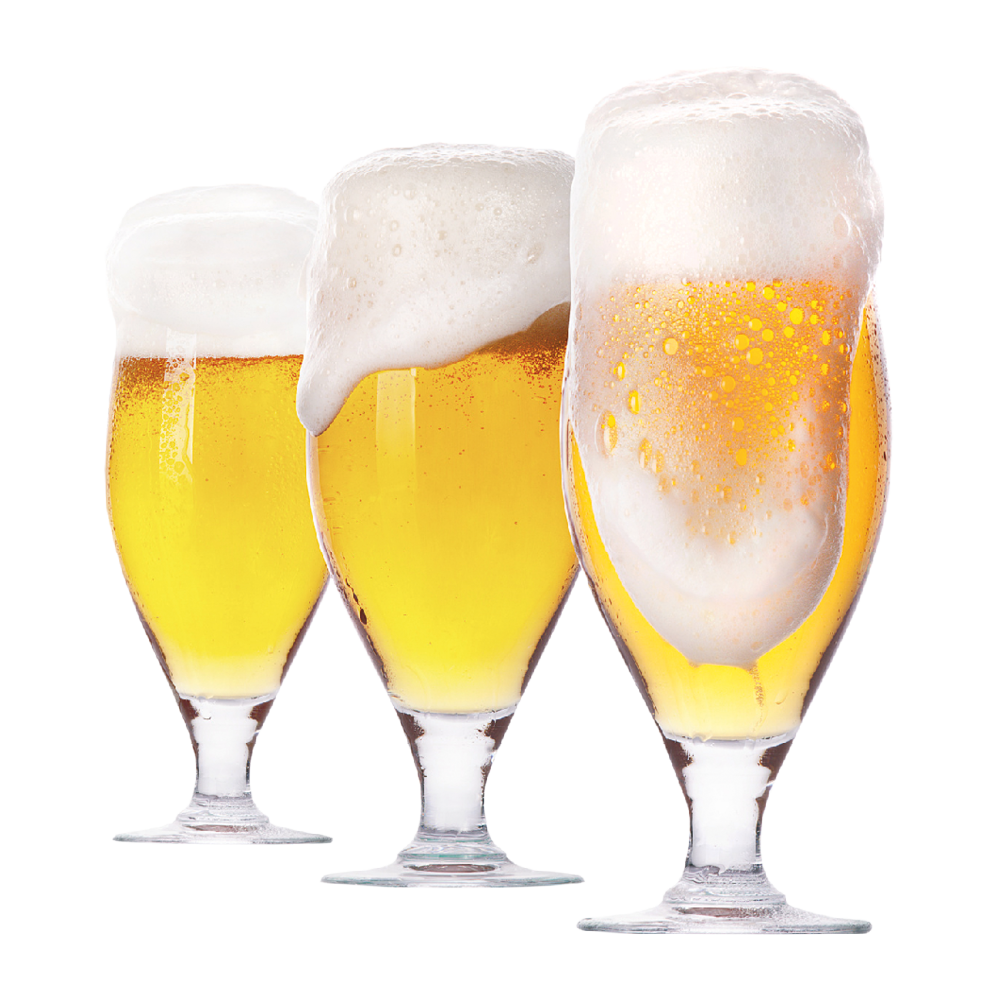

Modern brewing
Beer is not a new invention. In 6000 BC the Sumerians already established the first beer-like drink in Mesopotamia. At that time, the people put some bread in the water for a few days, producing an alcoholic concoction. Today, brewing takes place in huge fermenters made of steel. The starch in malted barley is converted into sugar by enzymes. This solution is fermented with hops and yeast.
Craft beer without gluten
For many gluten-intolerant people, beer is off the list of consumable products. The main raw material in beer production – malted barley – contains the gluten protein. Gluten can trigger inflammation of the intestinal mucus in people with gluten intolerance (celiac disease). To enable people with celiac disease to benefit from the beer, Lammsbräu uses transglutaminases after the brewing process. These transglutaminases are produced with microbes at N-Zyme BioTec and change the gluten structure so the protein mix can be removed more easily.
Ready for the market
For foods to be labelled gluten free, they have to have less than 20 parts per million gluten (ppm). According to Lammsbräu their products have less than 10ppm gluten.
Weitere Produkte





